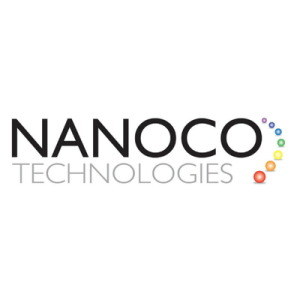Nanoco’s trading update confirms that H124 revenues and EBITDA are anticipated to be in line with company expectations.
The main new information is that the company has commenced the build and fitout of a new 300m wafer device facility to accelerate product development and test cycles with both existing and new clients. This gives Nanoco scope to grow development revenues in the near term and reduce time to market of new production materials, while aligning the development platform with infrastructure used for high-volume semiconductor manufacture.
The building and fitout of a wafer device development and test facility at the Runcorn site will enable Nanoco to apply its nanomaterials to 300mm CMOS semiconductor wafers, the dominant format for semiconductor chips used in high-volume applications. This should significantly accelerate the company’s development and testing cycle, as currently materials need to be sent to clients for on-wafer testing – a process that can take months.
Nanoco Group PLC (LON:NANO) leads the world in the research, development and large-scale manufacture of heavy metal-free nanomaterials for use in displays, lighting, vertical farming, solar energy and bio-imaging.


